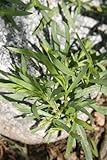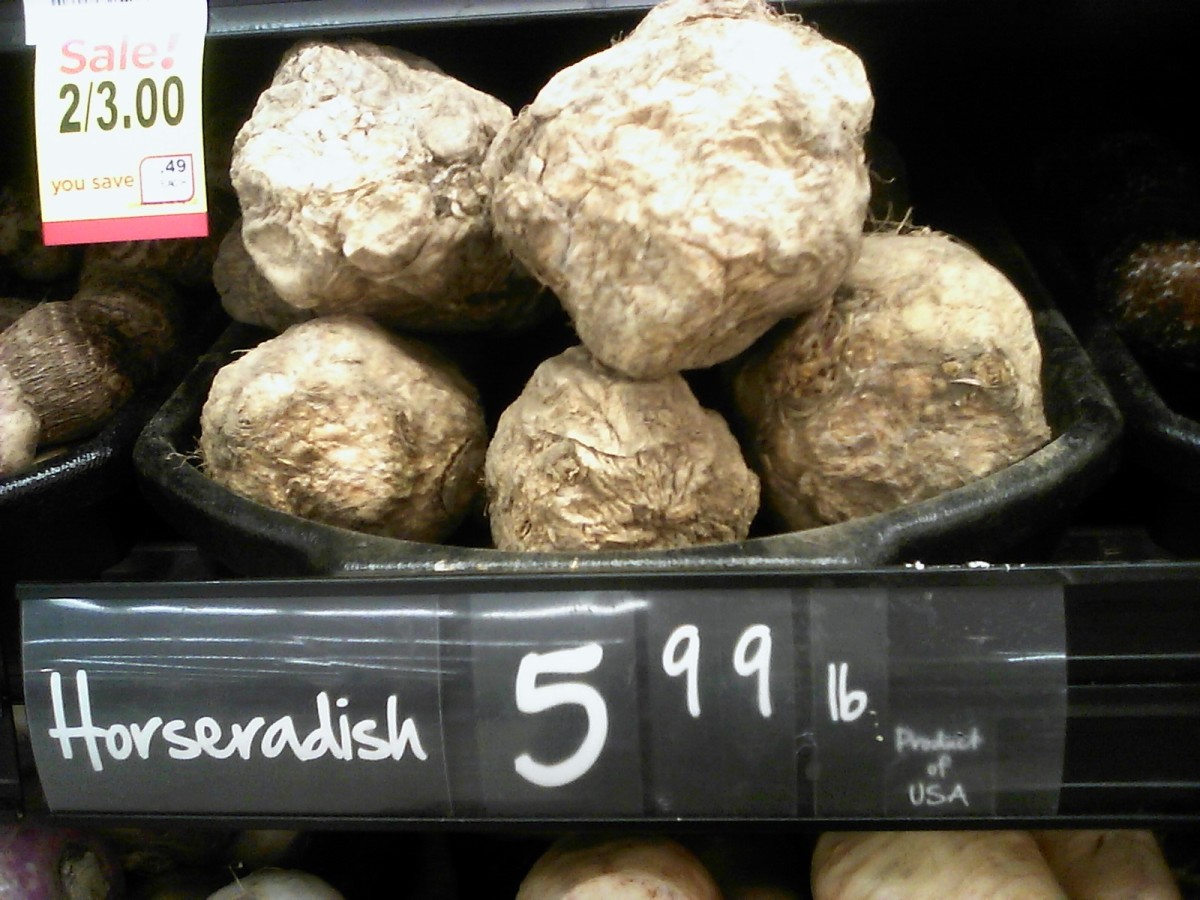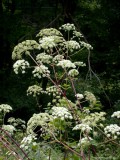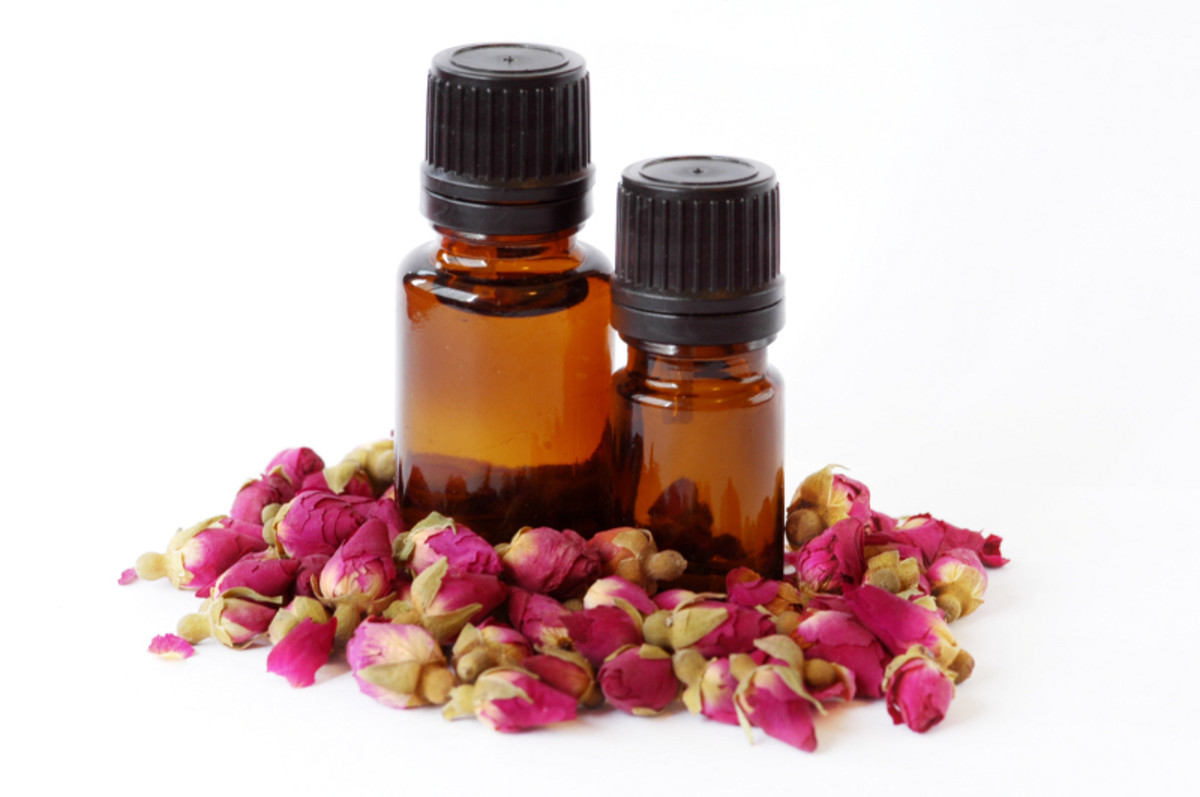- HubPages»
- Health»
- Alternative & Natural Medicine»
- Aromatherapy
The health and aromatherapy benefits of tarragon tea and tarragon oil
An introduction to tarragon
Have you ever eaten a meal that contained lots of garlic? It’s not exactly a “breath- freshening” experience. Did you know that chewing a bit of tarragon after a pungent dinner will sweeten your breath just as well as any commercial product?
This is just one of the many unique qualities of tarragon, an herb with a long history of health benefits.
Tarragon plant lore
Tarragon’s Latin name is Artemisia dracunculus, alluding to the herb’s ancient connection with dragons. “Dragon” herbs were once believed to cure bites of venomous creatures.
Tarragon has a “bite” of its own when used in foods - the glossy, narrow leaves of tarragon release a bittersweet, peppery scent with an anise undertone.
The ancient Greeks chewed tarragon to treat toothache because of its ability to numb the mouth, and you can chew a few leaves before taking a bitter spoonful of medicine to counteract the taste.
Tarragon has also been used throughout history as a digestive aid, a mild sedative, and as a heart disease prevention aid.
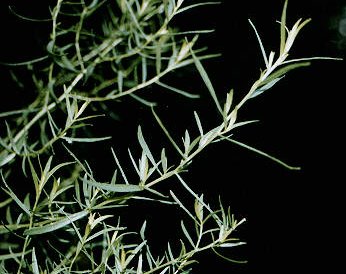
Health benefits of tarragon
Today, tarragon is used mainly in cooking, but the herb still has medicinal values when added to food. It is beneficial to the digestive tract because it relieves stomach cramps and promotes the appetite.
While tarragon stimulates the digestion, it is reported to be a mild sedative and has been taken to aid sleep.
Have high blood pressure? Tarragon can also be substituted for salt for those trying to avoid sodium.
Tarragon
is a wonderful source of potassium. One tablespoon of tarragon
contains 145 milligrams of potassium. For comparison, three ounces of
chicken, a rich source of potassium, contains 195 milligrams.
The tarragon herb is also recommended in many folk remedies for toothaches. It can be used to promote menstruation if periods are delayed.
One other benefit of tarragon is its ability to fight intestinal worms, providing a natural way to treat children for the pests.
Finally, tarragon promotes the production of bile by the liver, which aids in digestion and helps to speed the process of eliminating toxins in the body.
Tarragon tea recipe
Tarragon makes an excellent herbal tea, but keep in mind that boiling water does deplete some of the potassium in the herb.
To prepare tarragon tea, take one cup of boiling water and pour it over one tablespoon offresh tarragon. Let the mixture steep for ten minutes, and the tea is ready to drink.
For a digestion aid, steep a handful of dried leaves in a jar with apple cider vinegar, let it to stand for about seven hours, strain and seal. Take a tablespoon before each meal to reap tarragon’s digestive benefits.
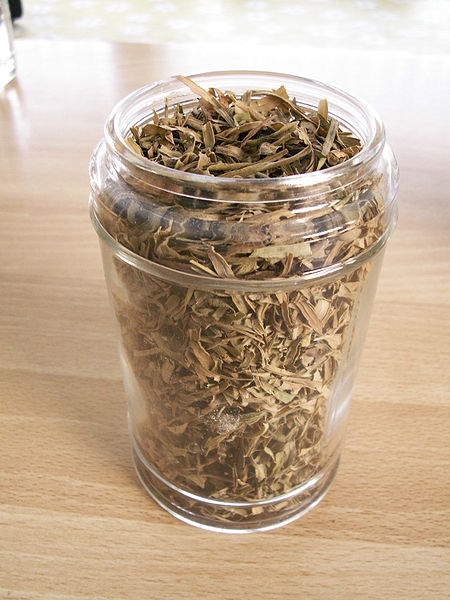
Household uses of tarragon
Cooking hints: Apart from lemon, not many flavors blend well with tarragon, so it’s often used on its own in recipes. Béarnaise sauce, tartar sauce, and veal Marengo are three recipes that make use of the versatile herb.
Tarragon can enhance your favorite mayonnaise or cream sauce. Start with a teaspoon of fresh tarragon (or half a teaspoon of dried) in a recipe to serve four. Remember to add tarragon to the food right before serving, since boiling tarragon for too long can make it bitter.
Have hiccups? Chew a leaf to stop hiccups in their tracks.
Sweet breath: Chew tarragon leaves after a pungent meal to freshen breath.
Mood lift: Steep dried leaves in 2 to 3 cups of boiling water, and then inhale vapors for headache, depression, or insomnia.
Topical application: Apply crushed leaves to small cuts to help fight bacteria, then wash and bandage.
Toothache troubles: Try chewing a couple of fresh or dried leaves until they form a paste. Hold against sore tooth or area for oral pain (adults only). It will numb the bothersome area.
Buying and growing tarragon
There are two main varieties of tarragon: Russian and French. The French version is tastier and better suited for kitchen use.
To determine which kind of tarragon you are purchasing, rub the plant’s leaves between your fingers. If the aroma is an anise-camphor combination, you’ve got the French tarragon.
If the smell is faintly sour, the plant is the hardier, but less tasty, Russian tarragon.
Tarragon does well if planted in not-quite-full-sun, since it has a shallow root system and likes a bit of shade on hot days.
Water the plants only when the soil is completely dry, since tarragon shrivels quickly in soggy soil. Tarragon will also grow happily indoors near a sunny window that gets about four hours of full sun a day.
Herbal Lore
Tarragon contains rutin, a compound that is being investigated as a cancer preventative.
Cautions and contra-indications for tarragon oil
- There is a slight risk of allergic reaction to tarragon in certain people.
- The essential oil is moderately toxic due to the estragole (methyl chavicol) it contains, so use in moderation and avoid internal use.
- Also avoid during pregnancy.

